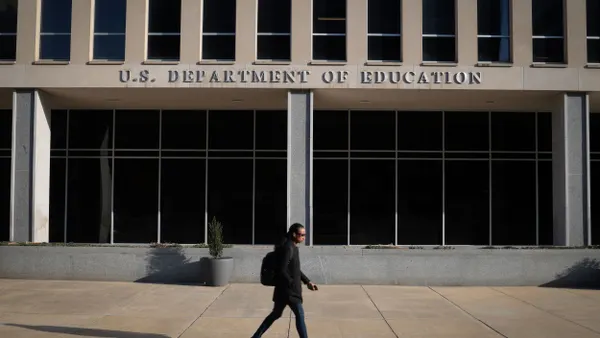Dive Brief:
- Gail Sider, a 4th grade teacher at Hutchinson School in Pelham, N.Y., writes in Education Week that civics education should be a part of classroom learning, even as early as elementary school.
- Sider has four ways of teaching civics to her students. These strategies include giving her students the right to vote, and also encouraging them to express their opinion on issues. They also learn about different cultures around the world so they can appreciate diversity.
- Media literacy lessons are brought in to the classroom through the school librarian, where students learn the difference between factual information and that which is told with a point of view.
Dive Insight:
The importance of teaching students media and digital literacy, along with critical thinking skills has grown following the 2016 U.S. presidential election. Educators want to be sure children can spot the differences between what’s fact and what’s not fact. Congress recently released all of the advertisements placed on Facebook that were intended to sway the 2016 election, showing how even adults can be misinformed about the information they read online.
Knowing how their government works is also crucial if students are to be effective change leaders as adults. Yet just 26% of Americans can name all three branches of government, according to the Annenberg Public Policy Center — and only a staggering 3% know the right to petition their government is protected under the First Amendment of the U.S Constitution.
In order to prepare children for their future, to be active, informed citizens, administrators and school leaders should look to tie media literacy skills to government and civics lessons across the curriculum.











